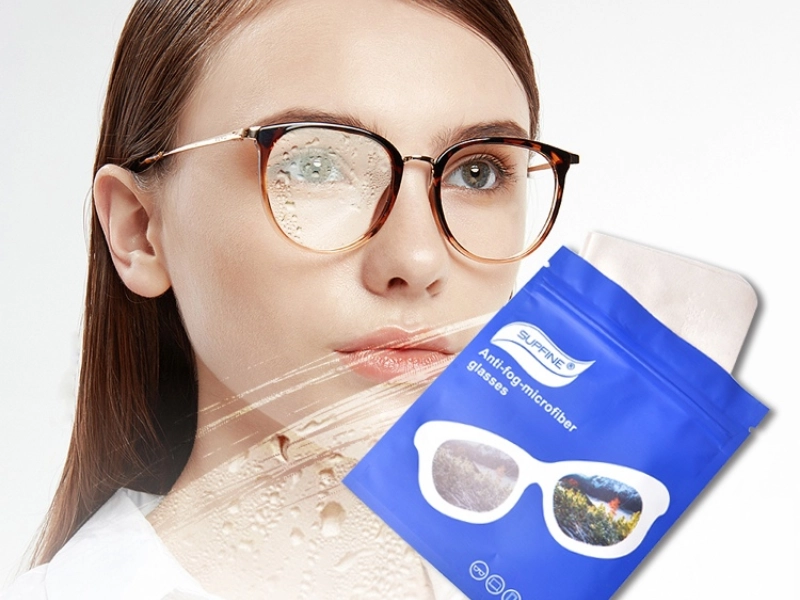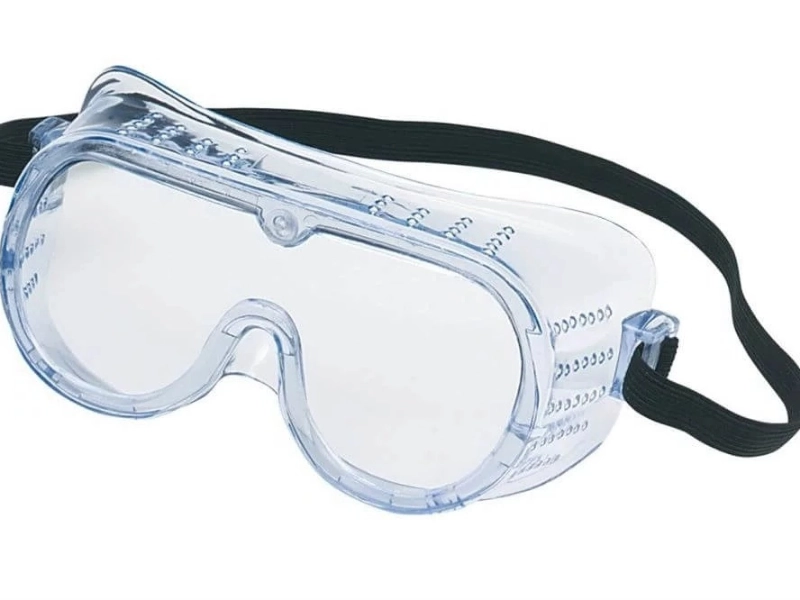The ten basics are intended to function as a cohesive system. It's crucial to bring all ten items on any hiking excursion. Gaining proficiency in various mountain climbing techniques is essential, ranging from glacier travel and self-arrest to route finding on rocks and scrambling. You also need to be a skilled communicator.

 It is imperative to have a high-quality mountaineering hat with a sun cap to shield your head, neck, and ears from strong sunlight. Plus, it provides a little extra warmth.
When the weather is unpredictable and at a high elevation, an insulated jacket is essential. This is the kind of garment that you can wear over a base layer for comfort when at rest and over a shell for windy, arduous climbs.
When hiking at high elevations during the winter, it's also crucial to have a pair of warm, water-resistant gloves or mittens. You can keep your dexterity even when your hands are wet thanks to insulated gloves. One of the bulkier items on this list is an emergency bivy sack, but it can come in quite handy if you find yourself unexpectedly stranded in the mountains for a night or two.
It is imperative to have a high-quality mountaineering hat with a sun cap to shield your head, neck, and ears from strong sunlight. Plus, it provides a little extra warmth.
When the weather is unpredictable and at a high elevation, an insulated jacket is essential. This is the kind of garment that you can wear over a base layer for comfort when at rest and over a shell for windy, arduous climbs.
When hiking at high elevations during the winter, it's also crucial to have a pair of warm, water-resistant gloves or mittens. You can keep your dexterity even when your hands are wet thanks to insulated gloves. One of the bulkier items on this list is an emergency bivy sack, but it can come in quite handy if you find yourself unexpectedly stranded in the mountains for a night or two.
 When mountaineering, the correct sunscreen is essential. This is because there is less atmosphere between you and the UV radiation at higher elevations, making the sun's rays harsher. This implies that you should apply lip balm and sunscreen with UV protection, as well as wear the proper attire.
The majority of outdoor manufacturers offer specific sunscreen made for use on mountaineering trips and at high elevations. The zinc oxide that these products typically include forms a physical barrier that inhibits UVA and UVB radiation. Applying this kind of sunscreen will shield you from wrinkles and skin cancer in addition to keeping you from getting burned. In addition, wear a hat and ensure sure your sunglasses block UV rays.
When mountaineering, the correct sunscreen is essential. This is because there is less atmosphere between you and the UV radiation at higher elevations, making the sun's rays harsher. This implies that you should apply lip balm and sunscreen with UV protection, as well as wear the proper attire.
The majority of outdoor manufacturers offer specific sunscreen made for use on mountaineering trips and at high elevations. The zinc oxide that these products typically include forms a physical barrier that inhibits UVA and UVB radiation. Applying this kind of sunscreen will shield you from wrinkles and skin cancer in addition to keeping you from getting burned. In addition, wear a hat and ensure sure your sunglasses block UV rays.
 Mountaineering provides an exceptional blend of physical and mental challenges, as well as a great aerobic workout. It tones the muscles, aids in weight loss, and boosts strength and endurance. Additionally, it strengthens the immune system, lessens the symptoms of diabetes and heart disease, enhances circulation, and encourages higher-quality sleep.
Insulate mountaineering boots are utilized for climbs that involve prolonged exposure to snow and glaciers or extremely cold weather. These provide additional protection against radiation reflection and abrasion and are typically more comfortable than traditional hiking shoes.
Though some items may be added or omitted based on the type of trek, the 10 necessities are meant to function as a comprehensive system. For instance, if you were stuck in a crevasse, an emergency bivy bag could save your life despite its tiny weight.
Mountaineering provides an exceptional blend of physical and mental challenges, as well as a great aerobic workout. It tones the muscles, aids in weight loss, and boosts strength and endurance. Additionally, it strengthens the immune system, lessens the symptoms of diabetes and heart disease, enhances circulation, and encourages higher-quality sleep.
Insulate mountaineering boots are utilized for climbs that involve prolonged exposure to snow and glaciers or extremely cold weather. These provide additional protection against radiation reflection and abrasion and are typically more comfortable than traditional hiking shoes.
Though some items may be added or omitted based on the type of trek, the 10 necessities are meant to function as a comprehensive system. For instance, if you were stuck in a crevasse, an emergency bivy bag could save your life despite its tiny weight.
 A quality goggles set is essential in any mountainous area. They provide a broad field of vision to check for objects or other people while shielding your eyes from the weather. Seek for goggles with a face-wrapping frame for a snug fit and an anti-scratch coating. Additionally, look for a double-pane or dual-lens design that lessens condensation and fogging brought on by temperature variations and breathing. Because different tints are needed for different conditions, easily interchangeable goggles are an excellent alternative.
For instance, yellow lenses perform well in sunny settings, whereas black lenses are best in cloudy or snowy ones. Finally, confirm that the lenses are robust enough to survive knocks and collisions. It's crucial to test on a couple pairs to ensure they fit securely under your helmet and are comfortable around your face.
A quality goggles set is essential in any mountainous area. They provide a broad field of vision to check for objects or other people while shielding your eyes from the weather. Seek for goggles with a face-wrapping frame for a snug fit and an anti-scratch coating. Additionally, look for a double-pane or dual-lens design that lessens condensation and fogging brought on by temperature variations and breathing. Because different tints are needed for different conditions, easily interchangeable goggles are an excellent alternative.
For instance, yellow lenses perform well in sunny settings, whereas black lenses are best in cloudy or snowy ones. Finally, confirm that the lenses are robust enough to survive knocks and collisions. It's crucial to test on a couple pairs to ensure they fit securely under your helmet and are comfortable around your face.